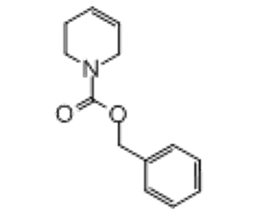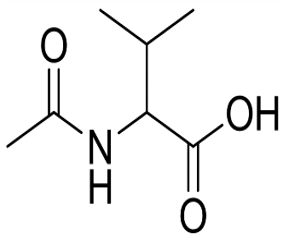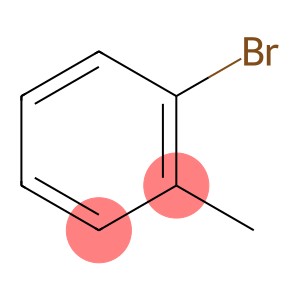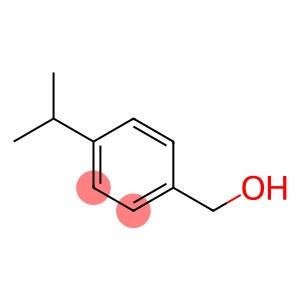benzyl 3 6-dihydropyridine-1(2H)-carboxylate(CAS# 66207-23-6)
Introduction
N-CBZ-1,2,3,6-tetrahydropyridine, also known as carbamate-4-hydroxybenzyl ester-1,2,3,6-tetrahydropyridine, is an organic compound. The following is an introduction to its properties, uses, manufacturing methods and safety information:
Quality:
- N-Cbz-1,2,3,6-tetrahydropyridine is a white solid.
- It is stable at room temperature but decomposes at high temperatures.
- It can be soluble in some organic solvents such as dimethyl sulfoxide and ethanol.
Use:
- N-Cbz-1,2,3,6-tetrahydropyridine is often used as a protecting group in organic synthesis to protect the amino group on the amine group. It protects the amino group from undesirable conditions or other reagents in the reaction.
Method:
- N-Cbz-1,2,3,6-tetrahydropyridine can be prepared by amination and acylation. Tetrahydropyridine is reacted with carbamate through an aminoation reaction to generate N-amino-1,2,3,6-tetrahydropyridine. Then, N-amino-1,2,3,6-tetrahydropyridine is reacted with chloroformate to form N-Cbz-1,2,3,6-tetrahydropyridine.
Safety Information:
- There are limited toxicity data for N-Cbz-1,2,3,6-tetrahydropyridine, but in general, it may have some irritation and toxicity to humans.
- Avoid direct contact with the skin and inhalation of its dust during use.
- Appropriate precautions, such as gloves and breathing apparatus, should be taken during handling and storage.
- When using and storing, please follow the relevant safe handling guidelines and regulations.








